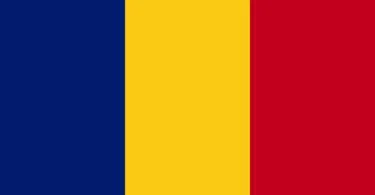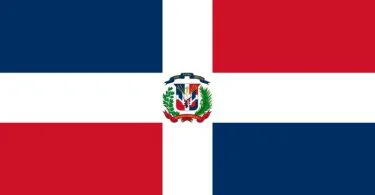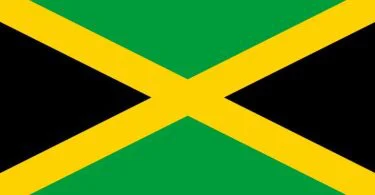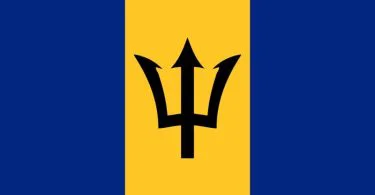Schedule 1. The National Flag and the National Emblem of Bhutan
The National Flag
The upper yellow half that touches the base symbolizes the secular tradition. It personifies His Majesty the King, whose noble actions enhance the Kingdom. Hence, it symbolizes that His Majesty is the upholder of the spiritual and secular foundations of the Kingdom.
The lower orange half that extends to the top symbolizes the spiritual tradition. It also symbolizes the flourishing of the Buddhist teachings in general and that of the Kagyu and Nyingma traditions in particular.
The dragon that fully presses down the fimbriation symbolizes the name of the Kingdom, which is endowed with the spiritual and secular traditions.
The white dragon symbolizes the undefiled thoughts of the people that express their loyalty, patriotism and great sense of belonging to the Kingdom although they have different ethnic and linguistic origins.
The National Emblem
Within the circle of the national emblem, two crossed-vajras are placed over a lotus. They are flanked on either side by a male and female white dragon. A wish-fulfilling jewel is located above them. There are four other jewels inside the circle where the two vajras intersect. They symbolize the spiritual and secular traditions of the Kingdom based on the four spiritual undertakings of Vajrayana Buddhism. The lotus symbolizes absence of defilements, the wish fulfilling jewel, the sovereign power of the people, and the two dragons, the name of the Kingdom.






